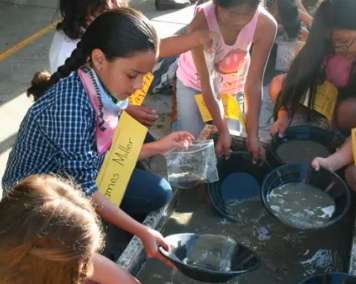Introduction
Project-Based Learning (PBL) is reshaping the way educators connect students with real-world concepts. When combined with virtual learning environments, it offers a powerful method to keep learners engaged, curious, and motivated. In this digital age, PBL isn’t just possible—it’s essential.
What Is Project-Based Learning?
PBL is a student-centered approach that encourages learners to explore complex questions and challenges through hands-on projects. Instead of passively receiving information, students actively investigate, collaborate, and present solutions—making learning both meaningful and memorable.
Why Virtual Environments Are a Natural Fit
Virtual classrooms can be more than just video calls and assignments. With the right tools and mindset, they become platforms for exploration, creativity, and collaboration. Tools like Google Workspace, Padlet, and Trello allow students to manage tasks, brainstorm ideas, and share results—all from their devices.
Benefits of PBL in Online Classrooms
Enhanced Engagement: Students take ownership of their learning, boosting motivation.
Real-World Skills: Learners practice research, communication, problem-solving, and digital literacy.
Collaboration Across Distances: Students work with peers from different locations, preparing them for global teamwork.
Flexibility and Creativity: Virtual tools allow for multimedia presentations, interactive designs, and innovative problem-solving.
Tips for Educators Implementing PBL Online
Start Small: Choose short-term projects that align with current curriculum goals.
Use Structured Platforms: Tools like Microsoft Teams, Google Classroom, or Zoom can help track progress and foster communication.
Set Clear Milestones: Break projects into stages to keep learners on track.
Encourage Reflection: Let students share what they learned and how they grew during the process.
Celebrate Successes: Host virtual showcases to present final projects and recognize effort.
Example Projects for Virtual Learning
Community Impact Research: Students research a local or global issue and propose actionable solutions.
Digital Storytelling: Learners create interactive stories or documentaries using free online tools.
STEM Challenges: Teams build prototypes with household materials and share results virtually.
Cultural Exploration: Students create virtual tours or presentations about countries, traditions, or historical events.
Conclusion
Project-Based Learning empowers students to lead their educational journeys, even in virtual settings. By embracing digital tools and emphasizing creativity, educators can help learners develop skills that last a lifetime. With thoughtful planning and a supportive approach, online PBL experiences can be just as powerful as those in traditional classrooms.














